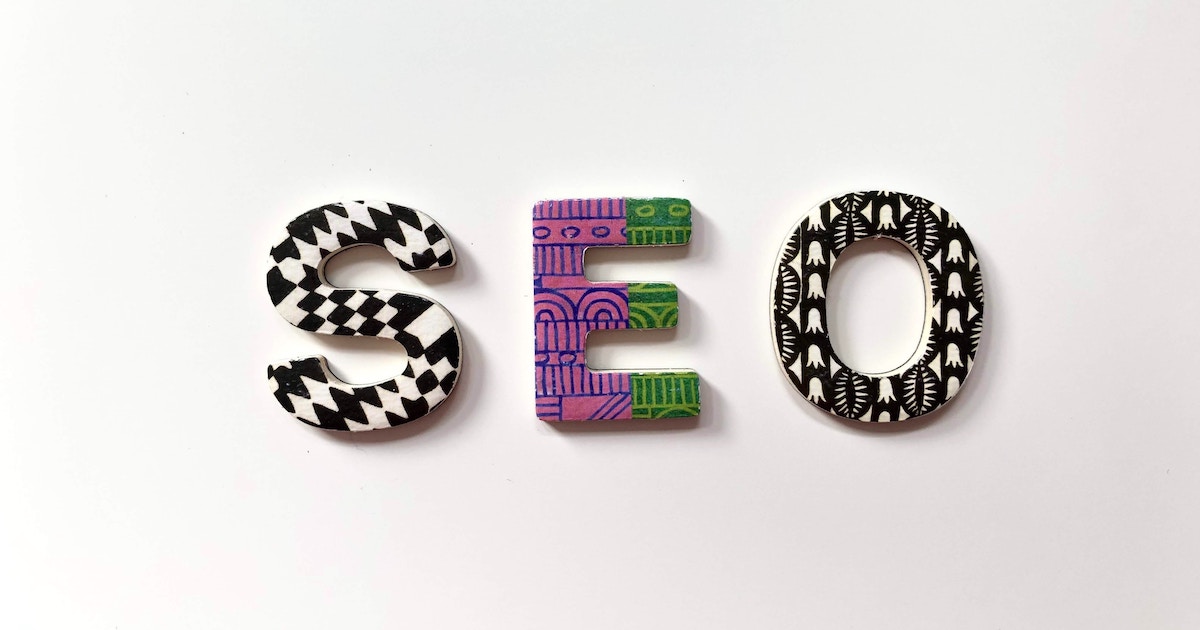In recent years, artificial intelligence has made significant strides in various fields, and music creation is no exception. Google's AI tools, such as Magenta and Google AI's music generation models, have opened new doors for both amateur and professional musicians. This guide explores how to use Google's AI to create your own music, comparing the nuances of AI-generated compositions to traditional masterpieces, and offering practical tips for integrating AI into your creative process.
Understanding Google's AI for Music Creation
Google has developed several AI tools designed to assist in music creation. These tools leverage advanced machine learning algorithms to generate music, suggest melodies, and even mimic the styles of famous composers. The primary tools include Magenta, an open-source project that uses TensorFlow to create music and art, and other Google AI models that focus on various aspects of music composition.
Getting Started with Magenta
Magenta is a popular tool developed by Google that allows users to create music using AI. It offers a variety of features, including melody generation, rhythm patterns, and full compositions. To get started with Magenta, follow these steps:
Install Magenta: Magenta can be installed via TensorFlow or used through Google Colab, a cloud-based notebook environment. For beginners, Google Colab provides an accessible way to experiment with Magenta without needing a complex setup.
Explore Pre-trained Models: Magenta offers several pre-trained models that can generate melodies, harmonies, and rhythms. These models can be used as starting points for your compositions. Explore the available models and experiment with different settings to understand their capabilities.
Generate Music: Use Magenta’s tools to generate music based on your inputs. You can provide seed melodies, choose genres, or adjust parameters to influence the AI’s output. Experimenting with different inputs can help you find unique and interesting musical ideas.
Using Google's AI Music Models
In addition to Magenta, Google’s AI research includes various models for music generation. These models can be accessed through different platforms and APIs, allowing you to create music tailored to your preferences. Here’s how to use these models:
Access the API: Google’s AI music models are available through APIs that allow you to integrate them into your applications. You can use these APIs to generate music based on your specifications or to enhance existing compositions.
Customize Output: Many of Google’s AI music models offer customization options, such as adjusting tempo, key, and style. Utilize these features to tailor the AI’s output to your needs, whether you’re creating background music or full compositions.
Combine AI and Human Creativity: Google’s AI models are powerful tools, but they work best when combined with human creativity. Use AI-generated music as a foundation and build upon it with your own musical ideas and expertise.
Comparing AI-Generated Music to Traditional Masterpieces
AI-generated music and traditional masterpieces represent different approaches to music creation. While AI tools can generate complex compositions and mimic various styles, traditional masterpieces are the result of human creativity, emotion, and experience. Here’s a comparison:
Creativity and Expression: Traditional masterpieces often reflect the personal experiences and emotions of their composers. AI-generated music, while technically proficient, may lack the depth of human expression. Combining AI with personal input can bridge this gap.
Complexity and Originality: AI can generate music with complex structures and patterns, but it may sometimes produce repetitive or formulaic results. Traditional composers often create unique and original works that push the boundaries of musical expression.
Integration and Innovation: AI-generated music can be integrated into various applications, such as background music for videos or interactive installations. Traditional masterpieces remain valuable for their artistic and historical significance.
Practical Tips for Using AI in Music Creation
To make the most of Google's AI tools for music creation, consider the following tips:
Start Simple: Begin with simple projects to understand how AI tools work. Experiment with generating melodies or rhythms before tackling more complex compositions.
Blend AI and Human Elements: Use AI-generated music as a starting point and add your own creative touches. Combining AI’s capabilities with your personal input can lead to unique and compelling results.
Experiment with Parameters: Adjusting parameters such as tempo, key, and style can significantly impact the AI’s output. Experiment with different settings to discover new and interesting musical ideas.
Use AI for Inspiration: AI tools can provide fresh perspectives and ideas that may inspire new directions in your music. Use AI-generated content as a source of inspiration rather than relying solely on it.
Collaborate with Other Musicians: Collaborating with other musicians can enhance the creative process and bring new ideas to your compositions. Share your AI-generated music with others and seek feedback to improve your work.
Stay Updated on Developments: AI technology is rapidly evolving, and new tools and models are continuously being developed. Stay informed about the latest advancements in AI music creation to take advantage of new opportunities and features.
Explore Different Genres: AI tools can generate music across various genres and styles. Explore different genres to broaden your musical horizons and find the styles that resonate with you.
Consider Ethical Implications: As you create music using AI, consider the ethical implications of using algorithms and models. Ensure that you respect intellectual property rights and use AI tools responsibly.
FAQ
What is Google's Magenta?
Magenta is an open-source project developed by Google that uses machine learning to create music and art. It provides tools and models for generating melodies, rhythms, and full compositions.
How do I get started with Magenta?
To get started with Magenta, you can install it via TensorFlow or use it through Google Colab. Explore pre-trained models, generate music, and experiment with different inputs to understand its capabilities.
Can I use Google’s AI tools for commercial music projects?
Yes, you can use Google’s AI tools for commercial music projects. However, ensure that you comply with any licensing or usage terms associated with the tools and respect intellectual property rights.
How does AI-generated music compare to traditional music?
AI-generated music can replicate styles and generate complex compositions, but it may lack the emotional depth and originality of traditional music. Combining AI with human creativity can enhance the overall result.
What are some practical tips for using AI in music creation?
Practical tips include starting with simple projects, blending AI with human elements, experimenting with parameters, using AI for inspiration, collaborating with other musicians, staying updated on developments, exploring different genres, and considering ethical implications.
Can I customize the output of Google’s AI music models?
Yes, many of Google’s AI music models offer customization options such as adjusting tempo, key, and style. Utilize these features to tailor the AI’s output to your preferences and needs.
How can I integrate AI-generated music into my projects?
AI-generated music can be integrated into various projects such as videos, interactive installations, and background music. Use AI-generated content as a foundation or complement to other elements in your projects.
Are there any limitations to using AI for music creation?
Limitations of using AI for music creation include potential repetitiveness, lack of emotional depth, and the need for human input to achieve originality. AI tools are most effective when combined with personal creativity.
Where can I find more information about AI music tools?
You can find more information about AI music tools through Google’s Magenta project, research papers on AI and music, and online communities focused on AI in the arts. Explore platforms like GitHub and Google Colab for additional resources.
Is AI music creation suitable for beginners?
Yes, AI music creation is suitable for beginners. Tools like Magenta offer user-friendly interfaces and pre-trained models that make it accessible to those new to music composition and AI. Experimenting with these tools can help beginners develop their skills and understanding of music creation.
Get in Touch
Website – https://www.webinfomatrix.com
Mobile - +91 9212306116
Whatsapp – https://call.whatsapp.com/voice/9rqVJyqSNMhpdFkKPZGYKj
Skype – shalabh.mishra
Telegram – shalabhmishra
Email - info@webinfomatrix.com









 English (US) ·
English (US) ·